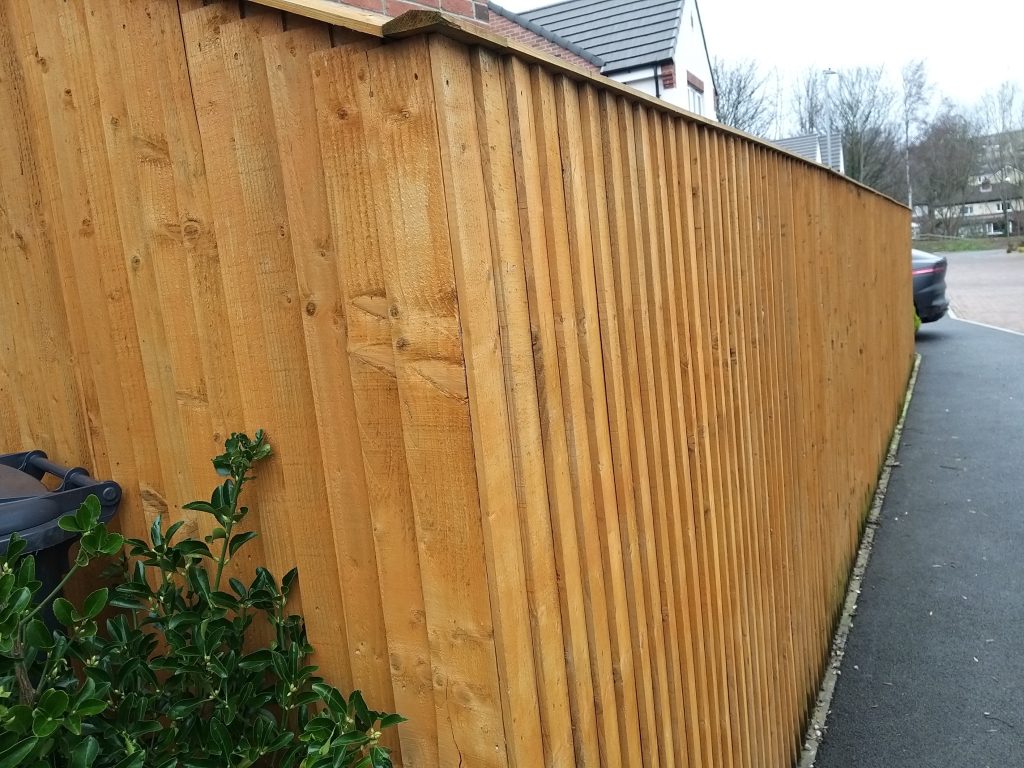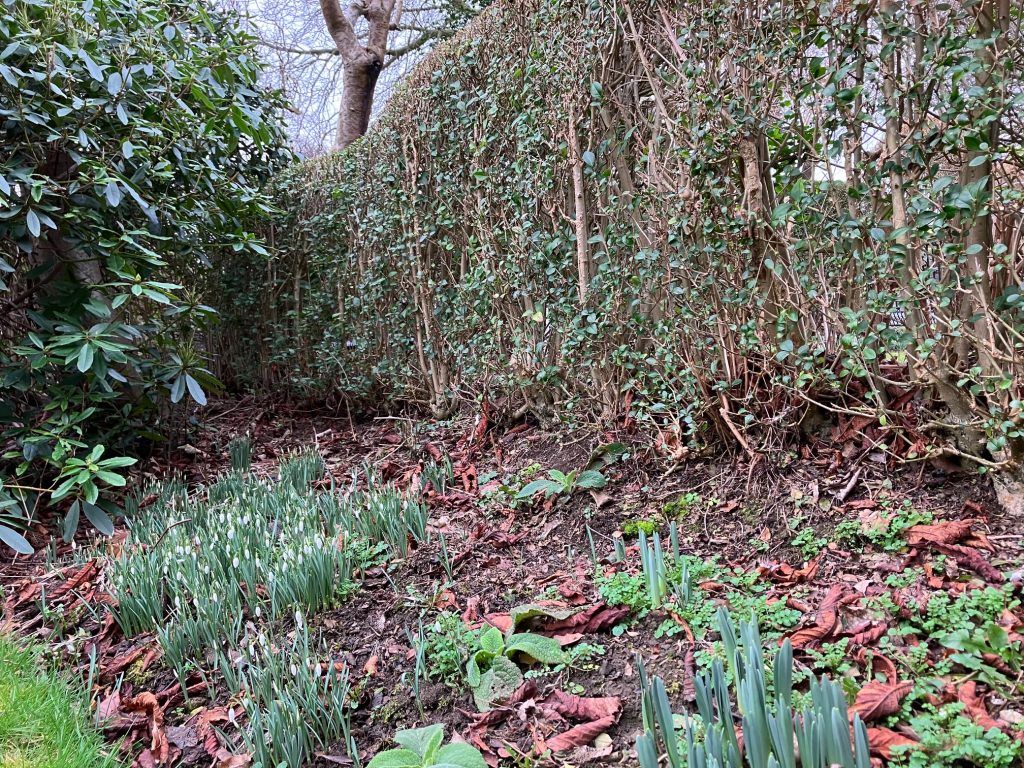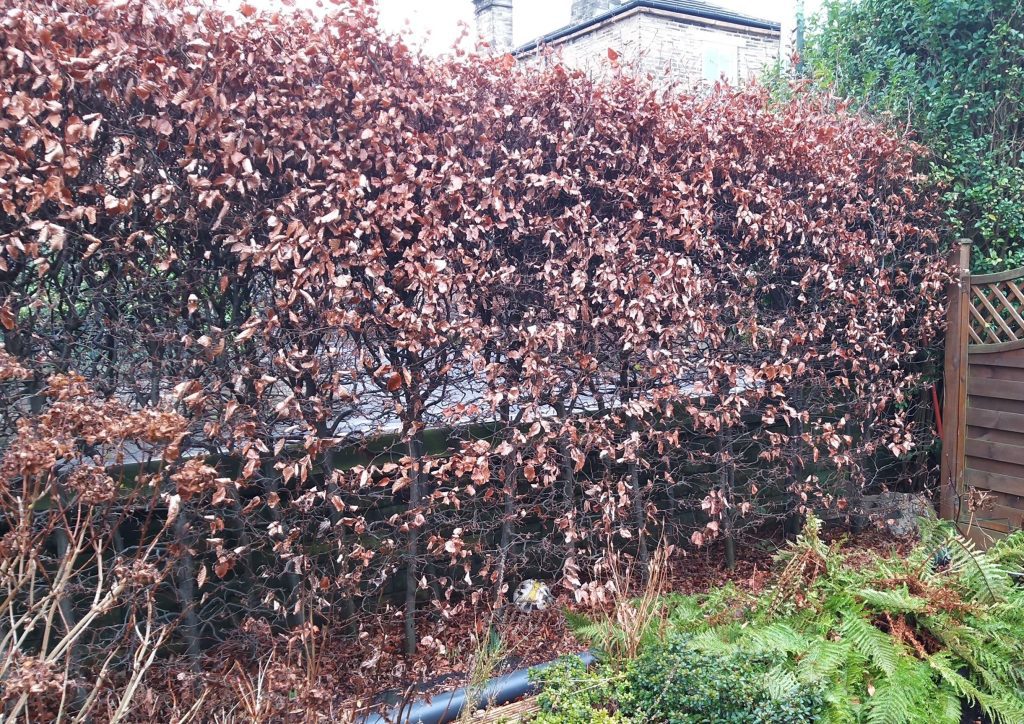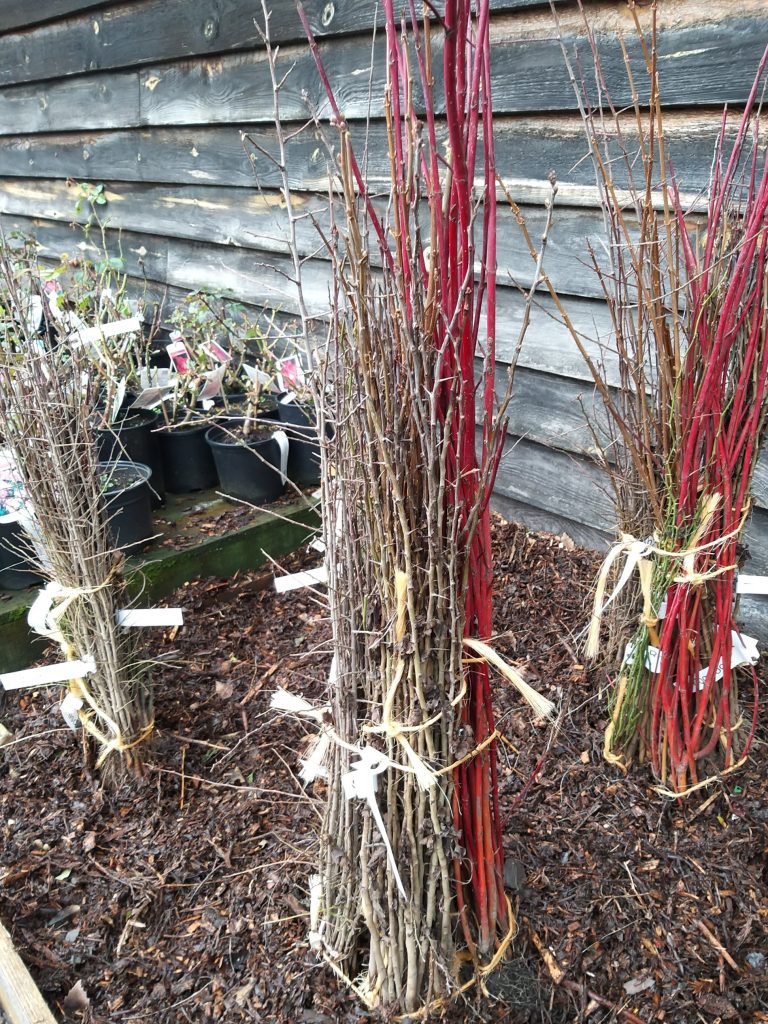If the weather be fine and frosty at the start of February, there is more winter ahead than behind.
The name of February comes from the Latin word “februum,” which means purification.
February, March and November always start on the same day of the week unless it is a leap year.
By Gordon the Gardener
Let’s concentrate on tasks that are essential in February.
The planting of trees, shrubs and hedges really needs to be done by the end of the month or early March when the plants are still dormant.
That enables the gardener to plant bare-rooted, which is much cheaper than buying in containers – this is especially so when putting in a hedgerow. Order now from the internet or, better still, from a nursery where they are grown.
There’s a modern trend to erect big fences but these are of no benefit to wildlife. If you have a fence then do consider planting a hedge alongside.




In spring last year, I met a man in a nursery who wanted to plant a hedge, some 40 yards (36m) long. His face dropped when he looked at the price of container grown specimens.
Realising it was too late for bare-rooted, I advised him to leave it until next year, he might be reading this.
To give you an example, I looked at a beech plant in a 2-litre pot which cost £7.50 but a single bare-root plant would cost £1.80 – so there’s big savings to be made for our man. If he ordered 50 to 250 the cost comes down to just £1.32. And for his 40 yards of hedge I reckon he would need 180 whips.
Preparation is how to get a hedge off to a flying start. Very often people take a spade, make a slit in the ground and plant the bare-rooted whip, firming it in with their foot.
This is all very well and quick but, for better results, a trench can be dug a spade depth, two spades wide. Organic material should then be forked into the bottom of the trench.
Then plant the whips – 2ft tall are ideal – 18 inches apart in a double staggered row. Any very long roots can be reduced in length. Firm in with your heel. A sprinkling of bonemeal in between will set them off to a good start. But don’t do this job if the land is very wet or frozen.
The hedge can be of beech, hawthorn or blackthorn. Other species can be used. Many in rural locations may chose to plant a mixed hedgerow to encourage wildlife. But whatever takes your fancy!
Trees and shrubs can be planted with similar soil preparation, the same for fruit trees. If buying fruit trees, go to a nursery. Don’t be tempted by supermarket specimens inside plastic bags, which are often allowed to go dry.

Otherwise jobs to do in February; potatoes can be bought now and placed upright in egg boxes, rose end up where the shoots are. Roses can also be had bare-rooted to plant now.
Winter flowering shrubs can be pruned when flowering has ended. Cut out any dead and diseased wood. Prune to shape, cutting out crossed branches. Sweet peas can be sown in a frost-free greenhouse to get a good crop.
READ MORE: Catch up with Gordon the Gardener’s monthly blogs HERE
There has been much talk of Japanese Knotweed lately due to the unfortunate man who was sued. And it is around the Huddersfield region.
It is a very difficult weed to eradicate. And do not try and cut the growth – as any part of the plant, even a minute part of the leaf dropped anywhere, will produce another plant.
It is very resistant to weedkiller available to the layman, which only kills to top growth. It’s what’s under the ground and the roots can go very deep. It’s a job for the professionals. So if you discover some, report it to the council.
Finally, if you were born in February, your birthstone is an amethyst, and your flower is a primrose.


















